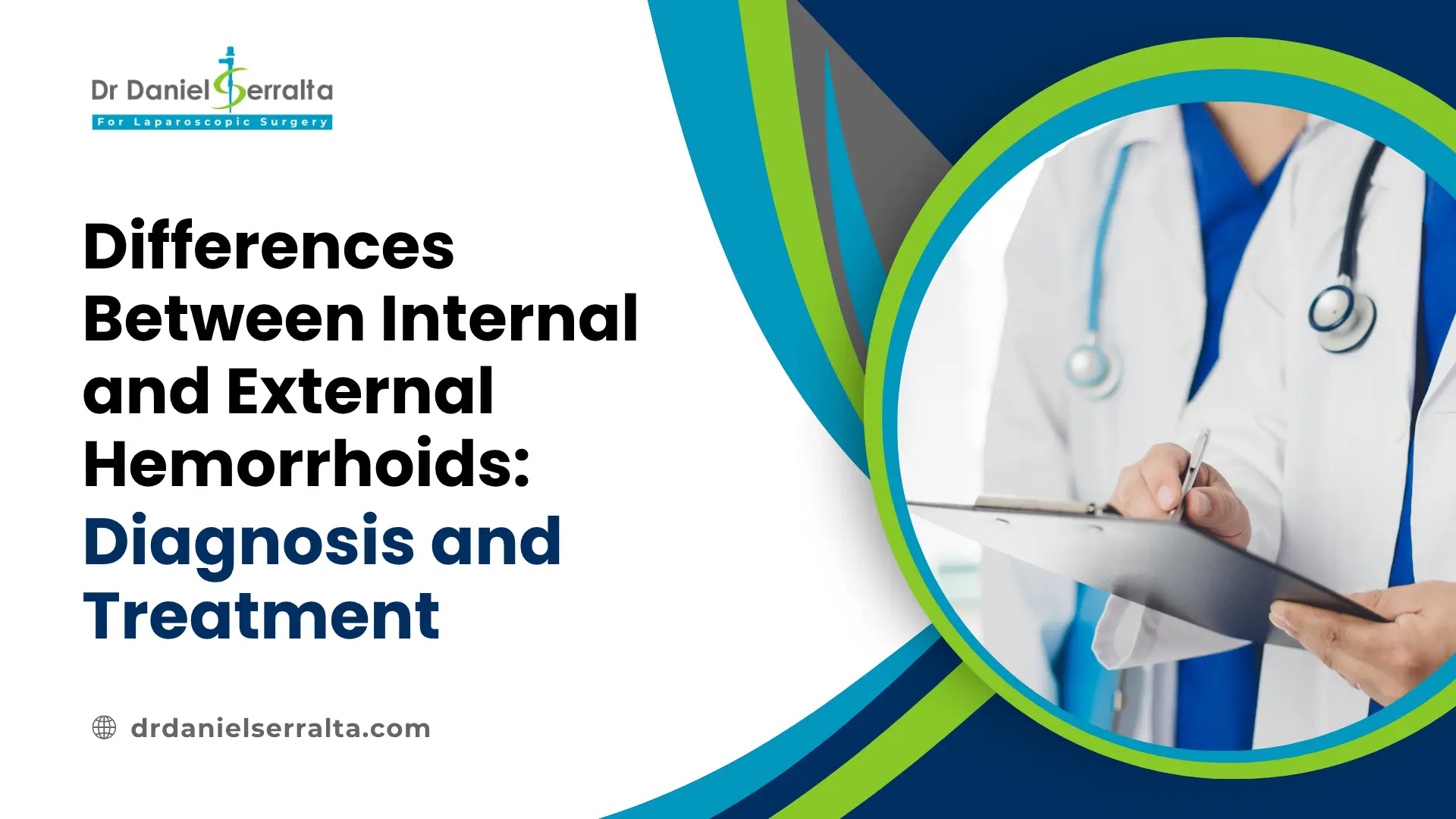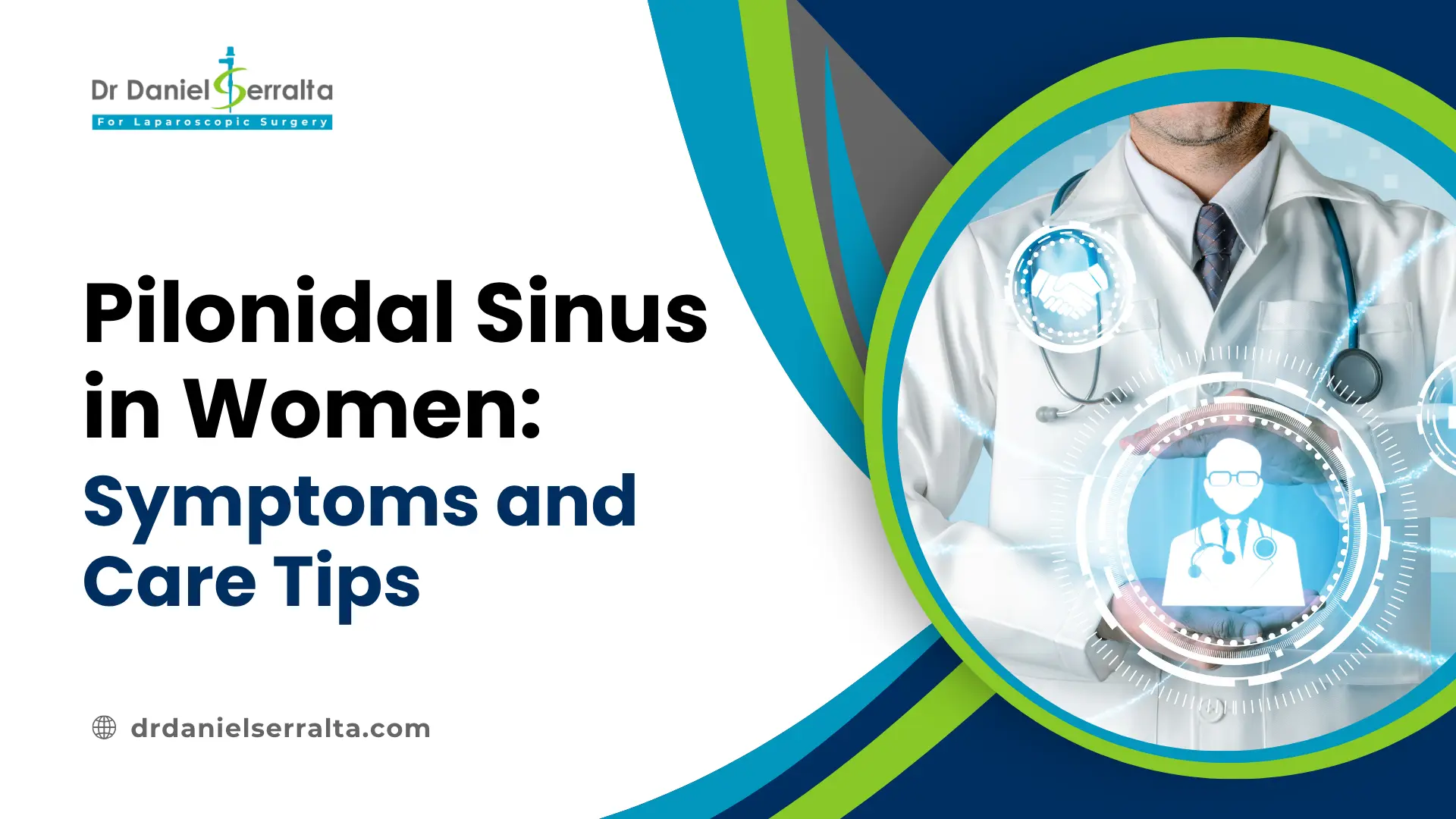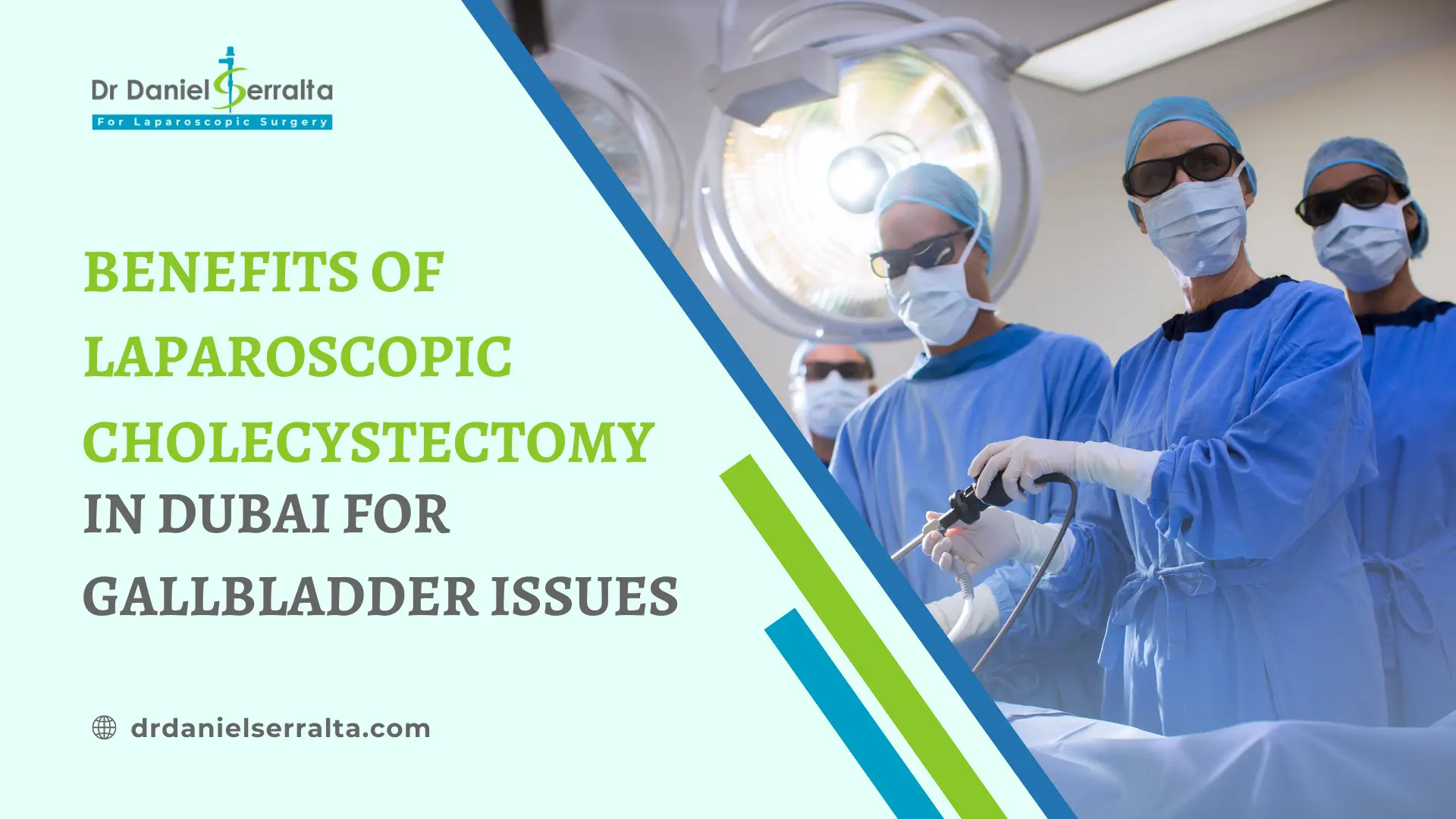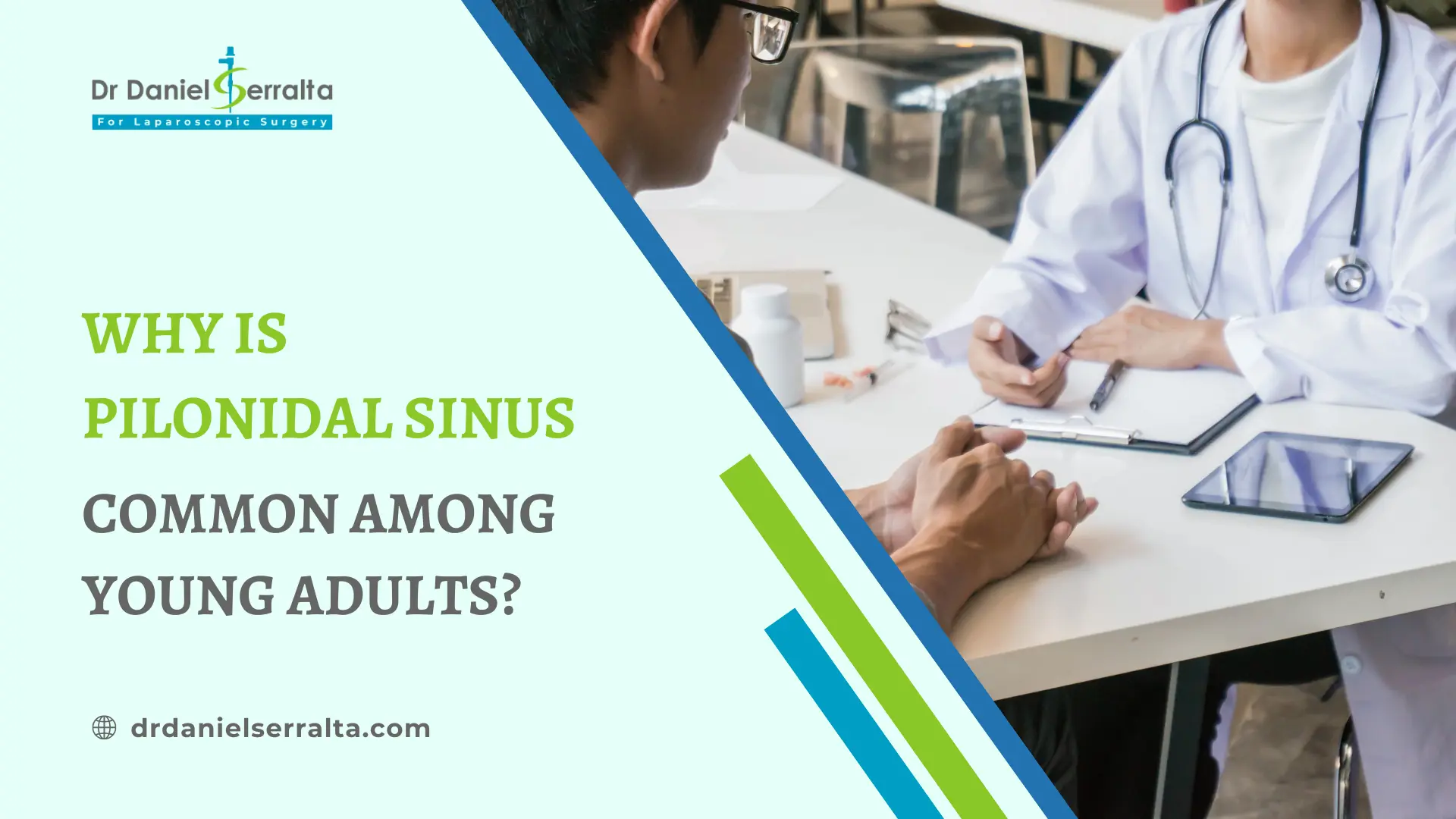Differences Between Internal and External Hemorrhoids: Diagnosis and Treatment

In Dubai, a numerous of folks who suffer from hemorrhoids are hardly aware of the fact that the condition of their kind is different from internal and external ones. Since one type of hemorrhoids diagnosis and treatment differs from another, the knowledge of differences is quite necessary indeed.
This blog will be concerned with the ways of recognizing internal from external hemorrhoids and also the provision of some information on the hemorrhoids treatment in Dubai. Precisely being aware of symptoms and consulting a piles doctor in Dubai early makes you get relief without much delay and cuts down on complications.
Hemorrhoids in Dubai: Why This Matters
Because of issues like food that is consumed in the diet, sitting for long periods, and lack of exercise, hemorrhoids are common in Dubai. The weather is very hot, and if people do not drink enough water, the symptoms they have caused by hemorrhoids might worsen. In a situation where residents of Dubai decide not to go to the doctor for treatment, the symptoms will continue, and eventually, they will experience more discomfort.
Finding out the exact nature of the condition allows the use of the most suitable treatment method. Getting a specialized hemorrhoids doctor in Dubai makes it easier to come to an understanding of the seriousness of the condition and the treatment options available in the local area.
What Are Hemorrhoids?
Definition & Types
Hemorrhoids are swollen blood vessels in the lower rectum or anus. They fall into two main types: internal and external hemorrhoids.
Internal hemorrhoids develop inside the rectum. They are typically painless but may cause bleeding. In contrast, external hemorrhoids form under the skin near the anus. These are usually painful, especially if a clot forms.
Anatomy Refresher
The dentate line separates the rectum from the anus. Internal hemorrhoids occur above this line, while external hemorrhoids appear below it. Understanding this difference helps identify symptoms correctly.
Differences Between Internal and External Hemorrhoids
Internal Hemorrhoids
Internal hemorrhoids often go unnoticed until symptoms appear. They may bleed during bowel movements but rarely cause pain unless they prolapse outside the anus. When prolapsed, they may cause discomfort or itching.
Symptoms include:
- Bright red blood during bowel movements
- Feeling of incomplete emptying
- Prolapse during straining
Grading helps doctors determine treatment. Grades I to IV describe severity, from mild swelling to complete prolapse.
External Hemorrhoids
External hemorrhoids are more noticeable and painful. They develop beneath the skin and often cause swelling or a lump near the anus. Pain becomes intense if a blood clot forms, leading to thrombosed hemorrhoids.
Symptoms include:
- Itching and irritation
- Pain during sitting or bowel movements
- Swelling or a hard lump around the anus
External hemorrhoids often cause more discomfort than internal ones, making early piles treatment in Dubai essential.
Thrombosed Hemorrhoids
A thrombosed hemorrhoid occurs when a clot forms inside a swollen vein. This leads to sudden, severe pain and swelling. Most thrombosed cases involve external hemorrhoids and may require medical attention.
Diagnosis: How Doctors Differentiate Hemorrhoids
Physical Examination
Doctors visually inspect the area to identify external hemorrhoids. Internal hemorrhoids require a digital rectal exam to detect swelling or bleeding.
Anoscopy or Proctoscopy
When symptoms persist, specialists use an anoscope or proctoscope to view internal hemorrhoids clearly. These tools help confirm severity and guide hemorrhoids treatment.
Additional Investigations
In some cases, doctors recommend a colonoscopy. This test checks for other causes of rectal bleeding, especially in patients over 50 or those with a family history of colorectal disease.
Treatment Options for Hemorrhoids
Conservative & At-Home Measures
Mild symptoms often improve with lifestyle changes. Increasing fiber, drinking more water, and using sitz baths reduce strain during bowel movements. Over-the-counter creams can relieve itching and discomfort.
Applying ice packs reduces swelling for external hemorrhoids. Avoiding prolonged sitting also prevents symptoms from worsening.
Office-Based Treatments
When conservative measures fail, office-based treatments provide relief. Rubber band ligation treats internal hemorrhoids by cutting off blood supply, causing them to shrink.
Sclerotherapy uses injections to reduce swelling. Infrared coagulation is another option for shrinking hemorrhoids. These treatments work well for internal hemorrhoids but not for external hemorrhoids.
Minimally Invasive Techniques
Newer procedures like Doppler-guided hemorrhoidal artery ligation offer targeted treatment for internal hemorrhoids. These methods preserve healthy tissue and cause less pain. However, they are less suitable for external hemorrhoids.
Laser treatment is now available for both types. This method promotes fast healing with minimal discomfort, making it a preferred choice in Dubai.
Surgical Procedures
Surgery becomes necessary when other treatments fail. Hemorrhoidectomy removes severe external hemorrhoids or prolapsed internal ones. Although recovery takes time, surgery offers long-term relief.
Stapled hemorrhoidopexy is another option for internal hemorrhoids. It reduces prolapse and bleeding with less pain than traditional surgery.
Choosing the Right Treatment in Dubai
Dubai offers advanced care for hemorrhoids. Treatment choice depends on symptoms, severity, and lifestyle. Visiting a hemorrhoids specialist in Dubai ensures you receive the most suitable care.
Specialists consider medical history and provide tailored treatment plans. Whether conservative care or surgery, options are available through private clinics and hospitals.
When to See a Specialist
Persistent bleeding, severe pain, or a lump that does not improve signals the need for professional care. A hemorrhoids doctor in Dubai can diagnose and treat effectively.
Red flags include signs of anemia, changes in bowel habits, or a family history of colorectal disease. Early intervention prevents complications.
Seeing a piles doctor in Dubai early offers peace of mind and faster recovery. Prompt treatment prevents worsening symptoms and ensures better long-term outcomes.
Conclusion
Knowing the types of hemorrhoids that a person can suffer from would help both the person and the doctor to decide on the most suitable type of treatment. The internal hemorrhoids exhibit bleeding and prolapse as symptoms but pain is less. Pain, itching, and externally visible swelling are the main symptoms of external hemorrhoids.
There are a number of different treatments in Dubai community of people that can help them. The metro. A full range of services is provided from lifestyle changes to the most advanced surgical interventions, that fits for each patient. Book an appointment with Dr. Daniel Serralta, a hemorrhoids specialist in Dubai, for accurate diagnosis and appropriate care.
Avoiding self-treatment and seeking timely medical help from a piles doctor Dubai improves quality of life.
FAQs
1. What are external hemorrhoids?
External hemorrhoids are swollen veins around the anus causing pain and swelling.
2. How are external hemorrhoids treated?
Treatment includes lifestyle changes, creams, or surgical removal if severe.
3. Are external hemorrhoids painful?
Yes, especially if a blood clot forms, causing intense pain and swelling.
4. Who should I see for hemorrhoids in Dubai?
A hemorrhoids specialist in Dubai or piles doctor Dubai provides expert care.
5. Can hemorrhoids go away on their own?
Mild cases may improve with care, but persistent symptoms require medical help.







